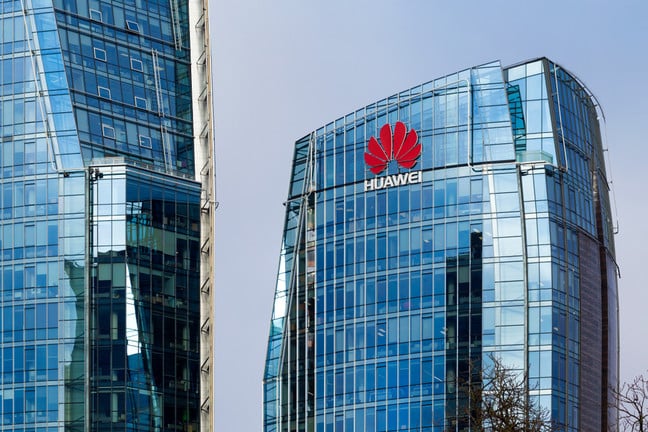Ex-ASML Worker Accused Of Stealing Chipmaking Secrets For China Is Huawei To A New Job

A former ASML employee accused of stealing trade secrets about advanced chipmaking equipment may now be employed by Huawei.
Citing several unnamed sources in and around ASML, Dutch newspaper NRC reports that following the employee's departure they have worked at Huawei.
The alleged theft was revealed earlier this year as part of The Netherlands-based semiconductor-equipment vendor's 2022 annual report. At the time, ASML didn't disclose exactly what data was stolen, but assured investors that the theft didn't pose a material threat to its business.
It was later posited that the China-based employee had "potential" ties to a Beijing government-backed spy operation and had possibly stolen the data on its behalf. The paper added that ASML did not confirm where the former employee went after his departure.
The Reg has asked Huawei for comment.
ASML is a key player in the semiconductor industry and is the sole supplier of extreme ultraviolet (EUV) lithography equipment used in the production of chips below 7nm.
As we've previously reported, the US has pressured allies in The Netherlands, South Korea, and Japan to cut off Chinese chipmakers from equipment used in the production of advanced chips. The export of EUV equipment to China has been restricted by US sanctions since last year. More recently, the Dutch government agreed to bar the sale of most older deep ultraviolet (DUV) equipment to China. Effective January 1, ASML says it will no longer be able to sell most DUV equipment to the Middle Kingdom.
This fact has made intellectual property theft a major concern for the company. Last year ASML accused a former employee and founder of China's Dongfang Jingyuan Electron of making off with trade secrets.
According to the NRC, the company had previously asked The Netherlands' intelligence service for help vetting new hires, though the agency has been reluctant to do so.
- Biden admin reveals 31 R&D tech hubs, with $500m up for grabs
- Beijing slaps Foxconn with a tax audit
- There's no Huawei Chinese chipmakers can fill Nvidia's shoes... anytime soon
- Biden has brought the ban hammer down on US export of AI chips to China
Huawei, for its part, has been cut off from foreign fabs since 2019 when it landed on the US Entities list. As a result, the company has been forced to rely on less sophisticated processes from domestic fabs like Semiconductor Manufacturing International Co. (SMIC), and even went so far as to develop its own electronic design automation platform. Huawei's latest phone, the Mate 60 Pro, is believed to use a 7nm process developed by SMIC for production on older DUV technology.
China's reliance on ASML's EUV machines has also been called into question in recent weeks, following the launch of Canon's new nanoimprint machines. According to Canon, this equipment is capable of producing chips down to 5nm and will eventually support smaller process nodes.
As this tech doesn't rely on optics and instead involves physically imprinting a circuit design on a silicon wafer, it may not be subject to existing export rules governing the sale of chipmaking equipment to China. Having said that, experts don't expect this will remain the case for long. ®
From Chip War To Cloud War: The Next Frontier In Global Tech Competition
The global chip war, characterized by intense competition among nations and corporations for supremacy in semiconductor ... Read more
The High Stakes Of Tech Regulation: Security Risks And Market Dynamics
The influence of tech giants in the global economy continues to grow, raising crucial questions about how to balance sec... Read more
The Tyranny Of Instagram Interiors: Why It's Time To Break Free From Algorithm-Driven Aesthetics
Instagram has become a dominant force in shaping interior design trends, offering a seemingly endless stream of inspirat... Read more
The Data Crunch In AI: Strategies For Sustainability
Exploring solutions to the imminent exhaustion of internet data for AI training.As the artificial intelligence (AI) indu... Read more
Google Abandons Four-Year Effort To Remove Cookies From Chrome Browser
After four years of dedicated effort, Google has decided to abandon its plan to remove third-party cookies from its Chro... Read more
LinkedIn Embraces AI And Gamification To Drive User Engagement And Revenue
In an effort to tackle slowing revenue growth and enhance user engagement, LinkedIn is turning to artificial intelligenc... Read more

